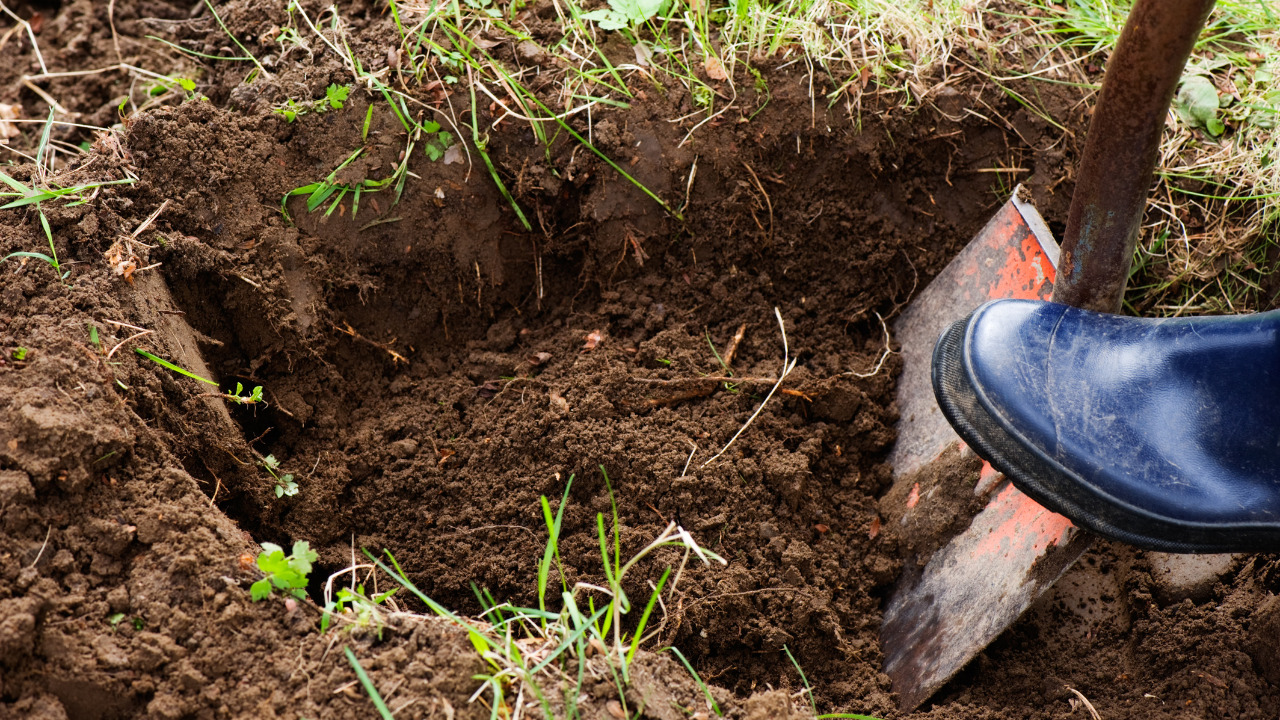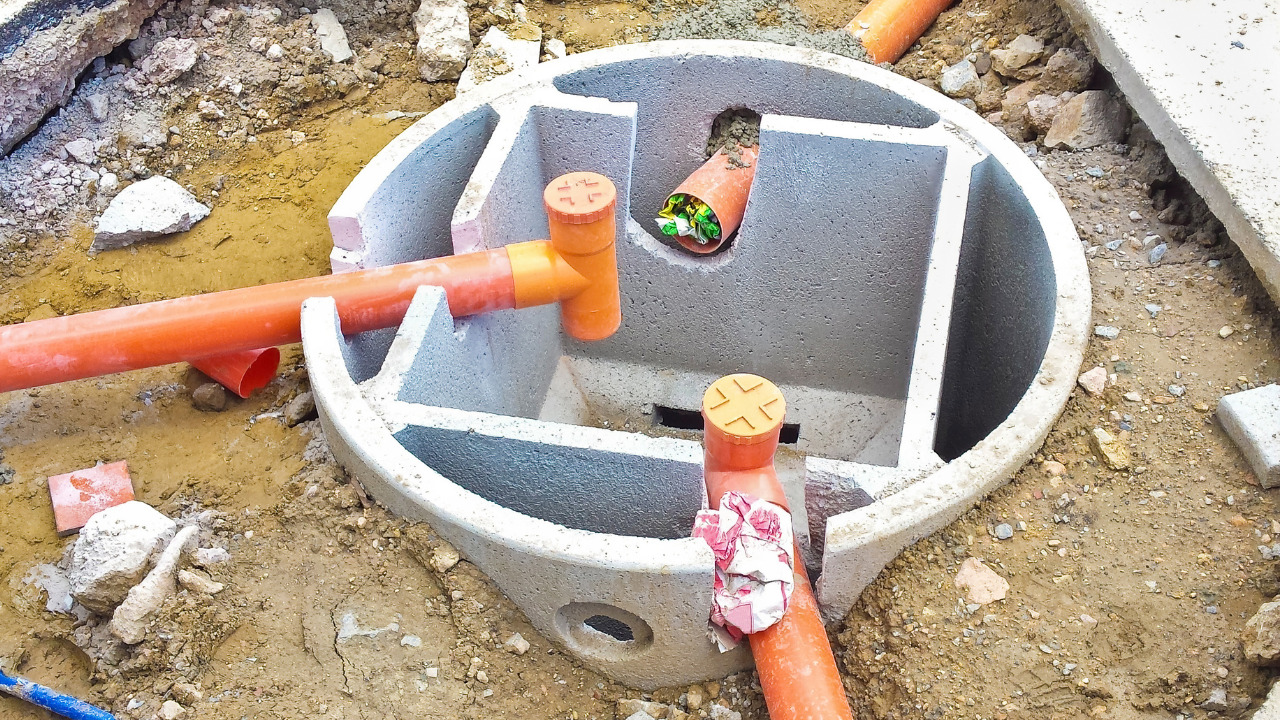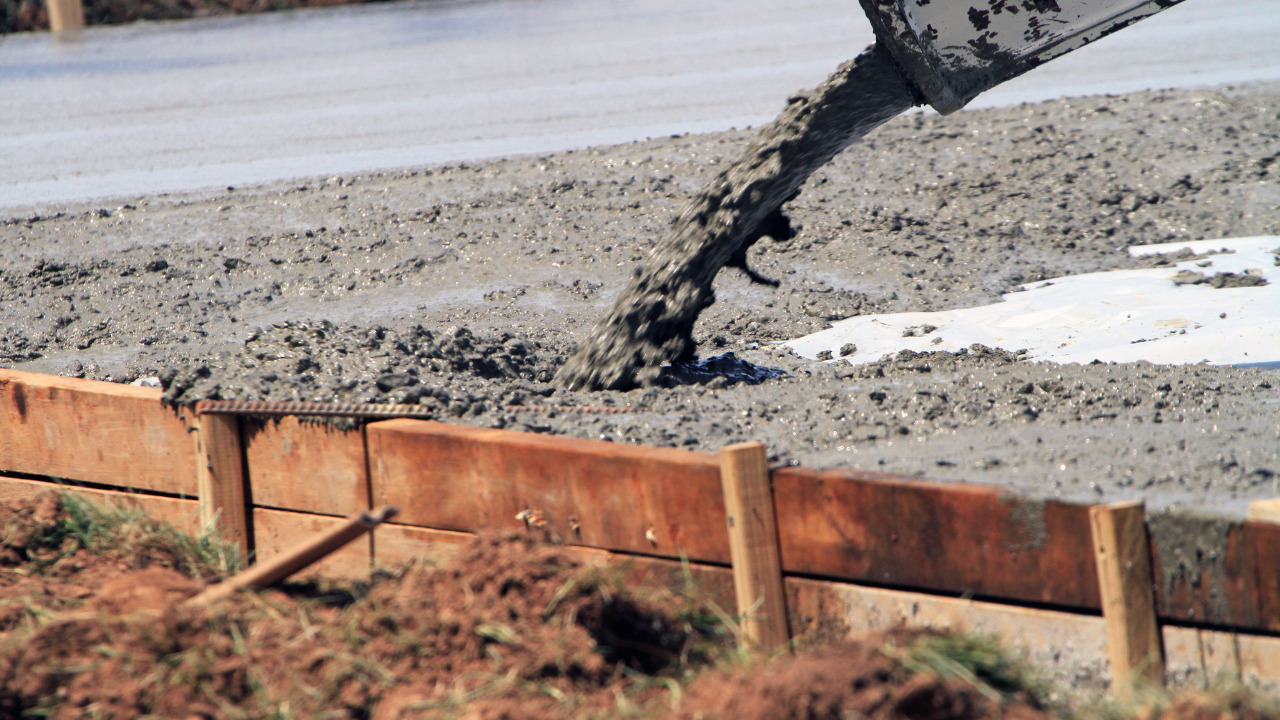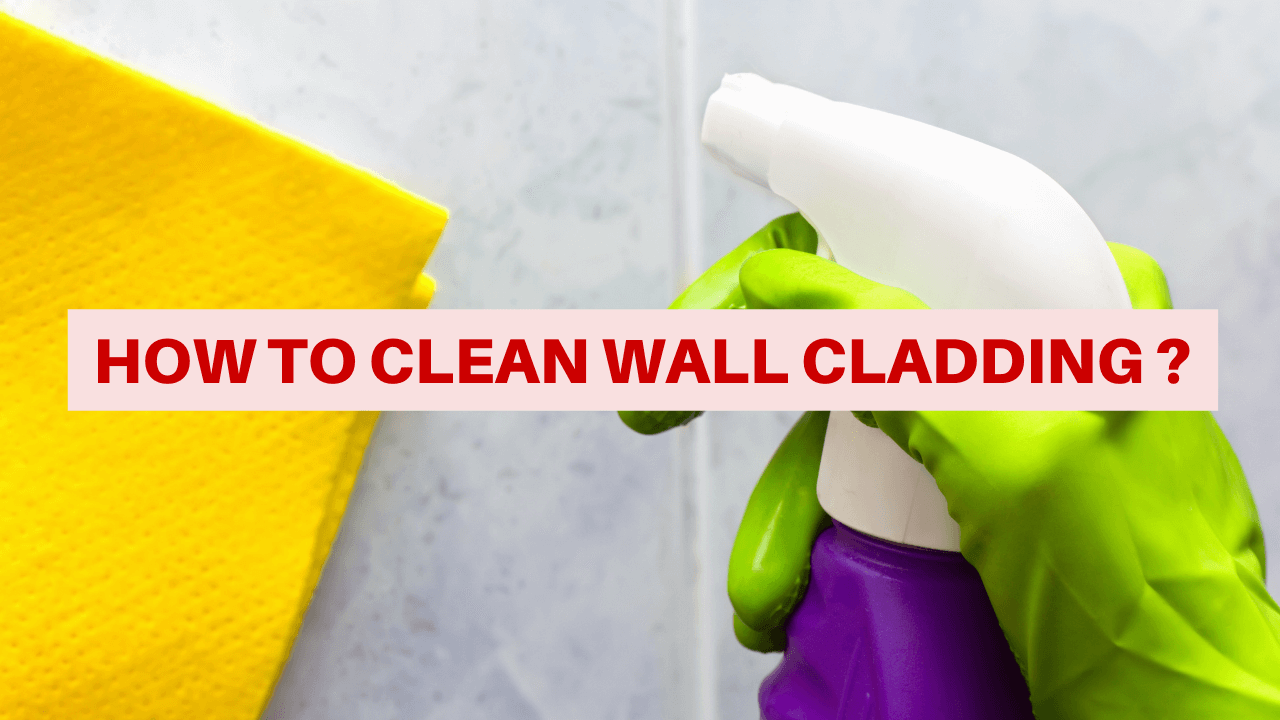Installing a concrete sleeper retaining wall is a terrific method to improve the appearance and value of your home and property. They are also one of the greatest flood and termite safeguards available. Concrete sleeper retaining walls come in various heights, colors, textures, and layouts.
Constructing retaining walls that blend in with the landscaping around your home using concrete sleepers is simple. Installing a concrete sleeper retaining wall does not have to be difficult. You may make one yourself using our concrete sleepers if you’re handy with a range of gardening equipment.
Each regional and city authority has distinct norms and requirements to follow when constructing a retaining wall. You may cut out the middleman and finish the project faster by creating a retaining wall with concrete sleepers. Continue reading if you know more about concrete sleeper retaining wall building:
Table of Contents
What Is A Retaining Wall? An Overview
A structural wall of concrete sleepers supported by steel posts is known as a sleeper retaining wall. It is often utilized when there is a pronounced height difference or when the land is not level. Let’s face it; there is no precise number for how many sleepers you will require.
The length of your desired wall will determine all of this. The distance between the posts can be multiplied by the number of steel posts to determine the number of sleepers. You can estimate how many sleepers are required using this.
Considerations While Building The Concrete Sleeper Retaining Wall
Concrete sleepers are one of the most straightforward methods for constructing a retaining wall. In reality, this system is an excellent DIY choice. Other options include timber sleepers, which are lightweight and simple to install but prone to rotting, fading, and white ant damage.
Cement blocks are another excellent option, although they have limitations in that they are not ideal for walls taller than one meter. Compared to concrete sleeper retaining walls, cement blocks are difficult to get beautiful and straight.
Where the retaining wall is larger than two meters above natural ground level and is to be positioned within 1.5 meters of a side or rear boundary or six meters of a road border, design and siting relaxation approval from the council is required.
Steps To Build The Retaining Wall
The basic building steps of the concrete sleeper retaining wall are following:
Collect Needed Tools And Supplies
- Pegs
- A tape measure
- A power drill
- A mini-loader
- Fence brackets
- Concrete
- Sand
- Shovel
- Gravel
- Concrete pads
Layout the Retaining Wall Building Area
Set a string line along the line of the intended retaining wall while drawing out your retaining wall. Set your pegs past the retaining wall’s end, so the holes don’t interfere with your string line. Make a plan for where each hole will be excavated.
Remove any trees, bushes, shrubs, or other obstacles from the area. Ensure the location where the concrete sleeper retaining wall will be installed is level. Measure and mark the areas where the post holes will be dug.
Dig The Holes For Posts
To dig the holes for the posts, use a mini-loader with an auger. When the concrete sleeper retaining wall is finished, ensure enough space to backfill.
Drill your holes to the desired depth. The hole depth should be the same as the height of the wall. Drill holes deeply when utilizing our fence brackets to install a fence to the top of your retaining wall.
Setup The Holes With Concrete
Ascertain that each hole is level, straight, and of equal depth. When you’ve finished installing the posts, make sure they’re flat with the other holes and spaced evenly. To secure the holes, pour concrete into them. It is preferable to deal with one post at a time, ensuring it is level before moving on to the next.
Make sure the next post is level with the preceding one as you work on it. Check the distance between the posts to ensure they’re all the same distance apart. Allow at least one day for the concrete to set and dry completely.
Install The Concrete Pads And Sleepers
A concrete pad behind each post allows the sleepers to sit levelly, resulting in a level concrete sleeper retaining wall. Place a level concrete pad behind each post to establish a level foundation for the bottom sleepers as you go. Allow the concrete pads to cure and dry for at least three days before laying the sleepers on them.
The foundation sleepers should be placed on the pads against the posts. If you didn’t use concrete pads, pack them flush with the bottoms of the posts to ensure proper height adjustment. Place a pipe in the back and base of the wall to allow any water to escape. Allow one week for the wall to settle before backfilling.
Use Crushed Rocks And Gravel To Refill The Wall
Backfill the concrete sleeper retaining wall with crushed rock to complete the project. Only fill the bottom sleeper to the top. Backfill with dirt after inserting a soil plug. Make sure you place the mud or fill on the wall, not behind it. To make the process easier, you can move the dirt by hand or with the help of a Bay lynx or other machinery.
Backfilling lightly rather than dumping from a considerable height is also crucial. Although concrete sleepers are built to withstand the soil strain behind them, compacting directly behind the wall is not recommended. As a general guideline, never condense closer to the wall than its height. Therefore, machinery should stay at least 1m from a 1m wall.
Frequently Asked Questions
Do You Need The Approval To Build Concrete Sleeper Retaining Wall?
When the variation in ground level is simply 1m or less, council approval is typically not required. You must still verify with the authorities, though. The construction of sleeper retaining walls impedes drainage and water flow. Consequently, you might need to submit your plans before you start in some areas.
Why Should You Install Concrete Sleeper Retaining Wall?
In comparison to other materials, steel has additional advantages. Steel is constantly in high demand for concrete sleepers. It has the highest strength-to-weight ratio and is an environmentally beneficial choice. The requirements for concrete sleepers have traditionally been met by steel.
It is resilient to extreme weather and doesn’t lose its quality with time. So when creating a concrete sleeper retaining wall, steel posts are the best choice.
Conclusion
Hopefully, this post will provide you with the guidelines and instructions for building the concrete sleeper retaining wall yourself.
You can also hire a professional contractor for this building project. But professional services maybe cost you more than your budget. That’s why it is better to build this wall by considering the discussed steps and information.












